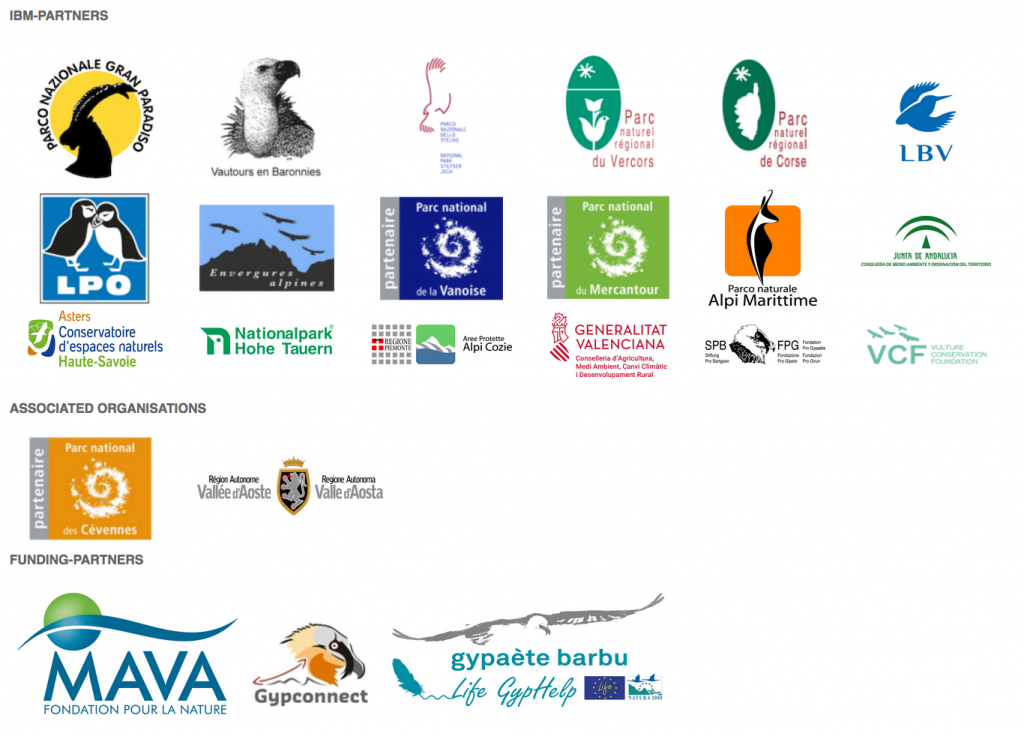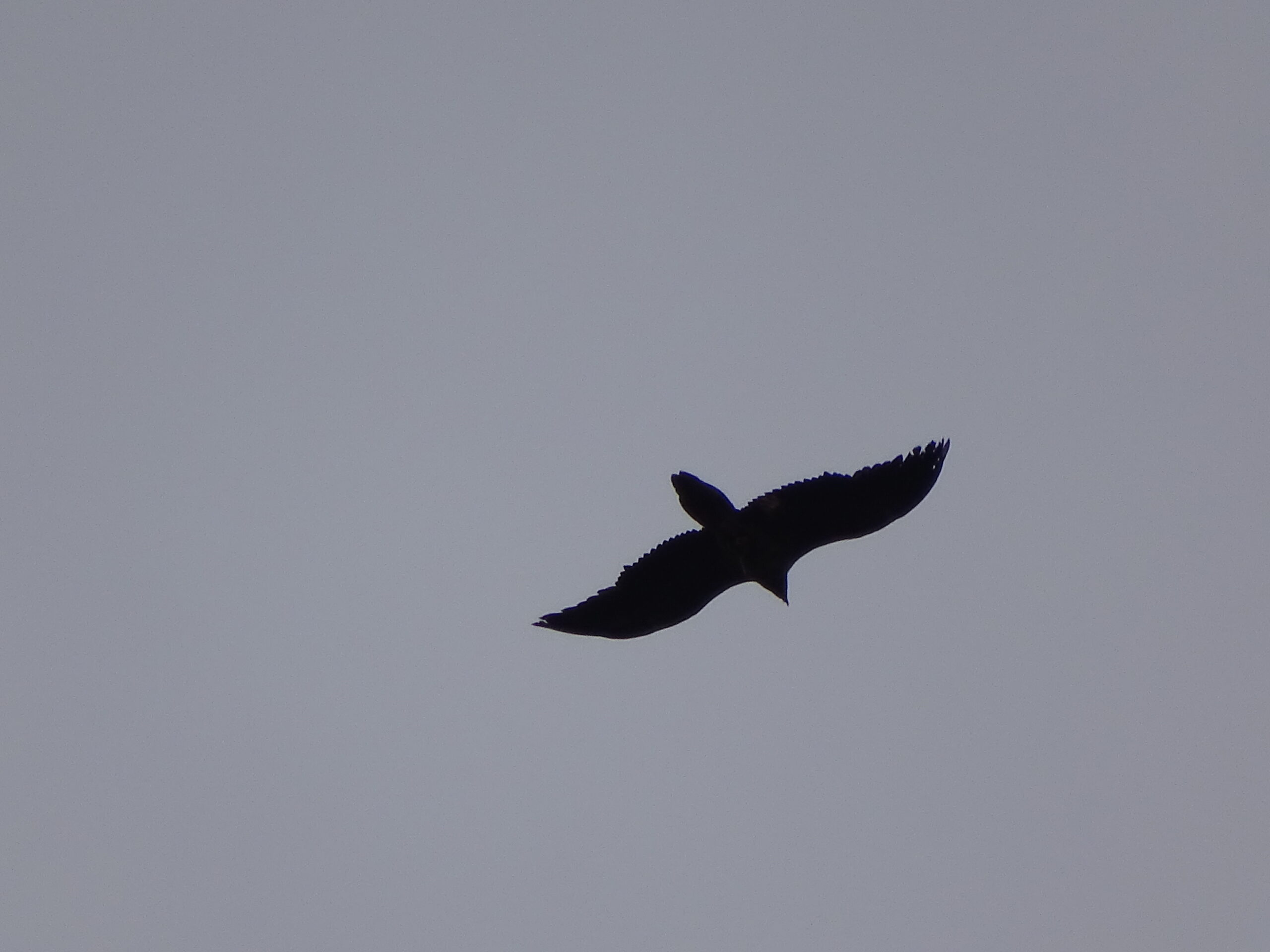
This breeding season saw a new record of Bearded Vulture fledglings taking their first flight in the Alps!
Achieving a new record of fledglings
The International Bearded Vulture Monitoring Network (IBM), which coordinates the monitoring of the Bearded Vulture breeding populations in the Alpine range and on Corsica, has compiled the data from the latest breeding season.

It seems that the Bearded Vulture population in the Alps continues to grow, with the number of pairs increasing and the spatial distribution expanding. During the 2021/22 breeding season, 49 juvenile Bearded Vultures fledged from 80 breeding territories in the Alpine range and Corsica, seven of them in newly established territories. This news set a new record again for the Alpine population, with five more birds fledging compared to last year’s record year.
Bearded Vulture breeding behaviour in the wild
Bearded Vultures are the earliest breeders of the four European vulture species. Bearded Vultures in the Alps usually start to lay eggs in late December and continue up until February, with parents sharing brooding responsibilities until the chick hatches after an average of 54 days. This special breeding period is related to the diet of the chicks, which cannot digest bone, so the species has evolved to hatch towards the end of winter when there is potentially a plentiful supply of food. This includes animals that died from avalanches and are then exposed to the thawing snow or animals that die towards the end of the season from not surviving harsh conditions, leaving plenty of animal carcasses for the parents to feed their chicks.
The reproduction of Bearded Vultures is a slow and challenging process. It takes up to 5 to 7 years for birds to reach sexual maturity, but breeding success usually occurs from 8 years old onwards. Pairs in the wild typically lay 1-2 eggs, but if both eggs hatch, only the older and stronger chick survives due to evolutionary cainism. Therefore, a breeding pair, or sometimes trio, can only raise one young bird every year.
Bearded Vultures in the Alps – a successful reintroduction project
The species was driven to extinction in the Alps during the 20th Century, and to bring them back, pioneers from all Alpine countries initiated the reintroduction project in the 1970s. The first birds were released in 1986 at Hohe Tauern National Park (Austria), and in 1997 the first breeding pair successfully raised a chick in the wild in France.
Today, there are between 250 and 300 Bearded Vultures across the Alps. The Vulture Conservation Foundation (VCF) currently coordinates the reintroduction project and continues to release captive-bred Bearded Vultures into the region to increase the genetic diversity and promote the geographical expansion of the species towards the east, which led to the first releases in the Bavarian Alps in Germany last year. The project’s success sparked the imagination and gathered the support of many stakeholders across the Alpine chain and is considered one of the best wildlife comeback stories of all time!
International Bearded Vulture Monitoring Network (IBM)

The International Bearded Vulture Monitoring Network (IBM) is a unique international collaboration led by the VCF between nationaland natural parks and non-governmental organizations to coordinate the monitoring activities for European Bearded Vulture populations. Through this network, data about the Bearded Vulture in Europe is collected, shared and made available to everyone working to conserve the species. The IBM network also uses this data and comes together to discuss conservation strategies and priorities for this species on an international level. There are currently 18 partners and two associated organizations as part of the IBM network.
If you have any Bearded Vulture observations and photographs in the Alps, please report them here.




